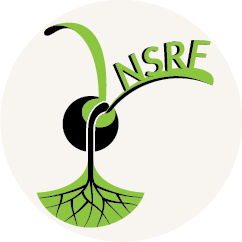The History of Reforestation in Thailand
At 8:30 a.m. of 4th November 1989, Typhoon Gay struck Thailand and caused catastrophic damage across many of its provinces; 602 deaths, 47,000 homes damaged or destroyed, over 200,000 people affected and around 153,000 of them became homeless, 36 vessels wrecked or missing, over 1,000 roads and 194 bridges damaged or washed away, and more than 250,000 sq. km flooded all around Thailand. It was the worst damage in 35 years. In this same year, the government announced a withdrawal of forest concessions, publicly known as blockade the forest which is the beginning of ending the deforestation. However, there was still illegal deforestation ongoing and rapidly reduced forest area.
In 1992, Queen Mother Sirikit had an order to Minister of the Ministry of Agriculture and Cooperatives to seek for measures to stop deforestation and urgently restore upstream. She kindly reminded to concern about water scarcity as a major national problem that needed to be solved as fast as possible. So the Ministry of Agriculture and Cooperatives initiated the Reforestation Campaign in Commemoration of the Royal Golden Jubilee Project to celebrate the 50th anniversary of the King Bhumibol Adulyadej’s coronation which was the beginning of reforestation in Thailand.
Statistic source: https://en.wikipedia.org/wiki/Typhoon_Gay_(1989)
“Native Species Reforestation Foundation” was registered on 14th February 2019 to carry on the work and objective of the Ectomycorrhizal Reforestation Project in Thailand, aiming to increase natural local forest; being diversified and ecologically suitable, together with the application of indigenous mycorrhizal fungi and microorganisms to support the reforestation. Our mission to restore ecological forest supported by microorganisms will help to mitigate and slow down climate change which is now in critical condition in a sustainable manner. Therefore, our foundation’s name has been selected for this reason.


